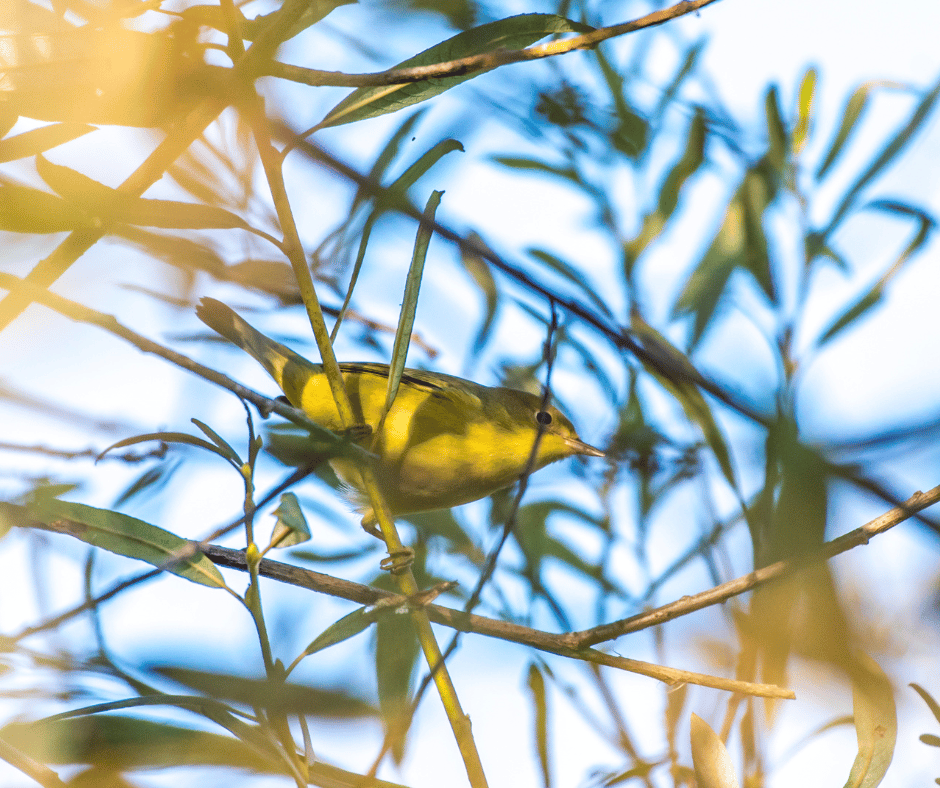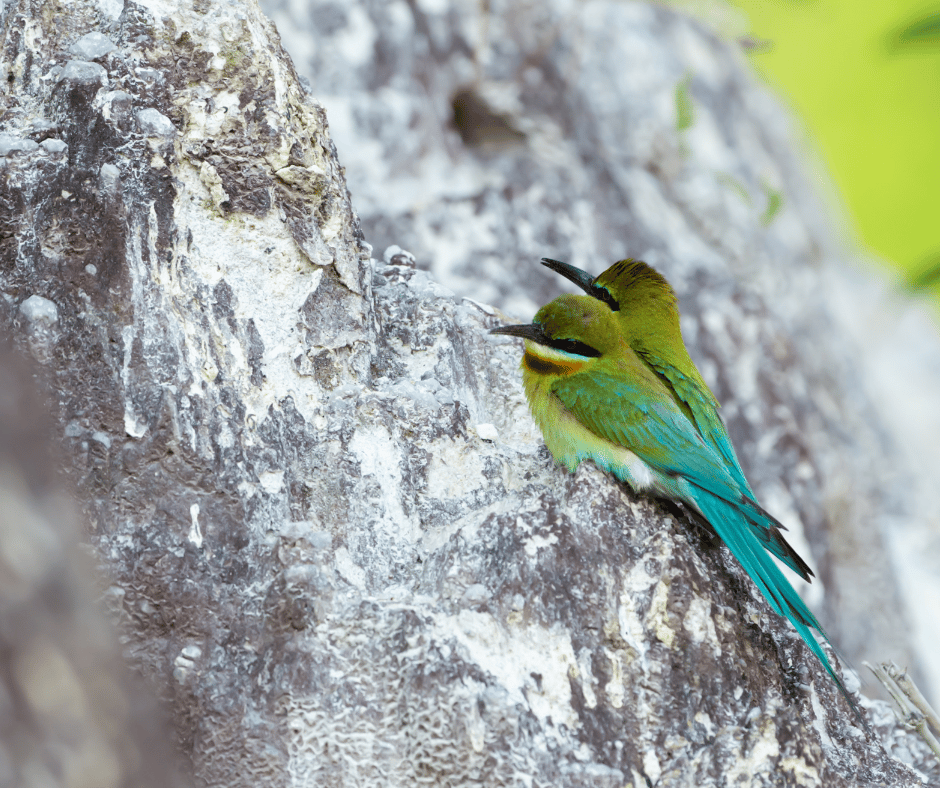Understanding bird behavior is essential for anyone who wants to observe and appreciate birds in their natural habitat. By understanding the behaviors of different species, we can learn how they interact with each other and their environment, as well as gain insight into the unique characteristics that make them so special.

Knowing what to watch for when observing birds can also help us identify signs of distress or danger, allowing us to better protect our feathered friends. From learning about courtship displays to recognizing territorial aggression, an understanding of bird behavior will open up a whole new world of discovery!
When observing birds, it is important to pay close attention to their movements and vocalizations. Different species may have different behaviors, but all birds will exhibit some common behaviors such as flocking, foraging, preening, and roosting.
By learning these behaviors and noting how they change in different environments or seasons, we can better understand why certain birds are found in one area and not another.
We can also observe the interactions between members of the same species by looking at courtship displays and territoriality. Courtship displays are used by males to attract potential mates while territorial aggression is used to protect resources from intruders.
By understanding these behaviors we can gain insight into the mating system of a particular species and how they interact with their environment.
Observing bird behavior can also help us identify signs of distress or danger, such as a flock suddenly dispersing, or birds flying away from an area at high speed. These are cues that something is wrong and could be the result of human activity or natural events like predation.

By paying attention to these behaviors, we can better protect our feathered friends and ensure they have a safe place to live and thrive in their natural habitats. With a little patience and observation, anyone can become an expert birdwatcher!
